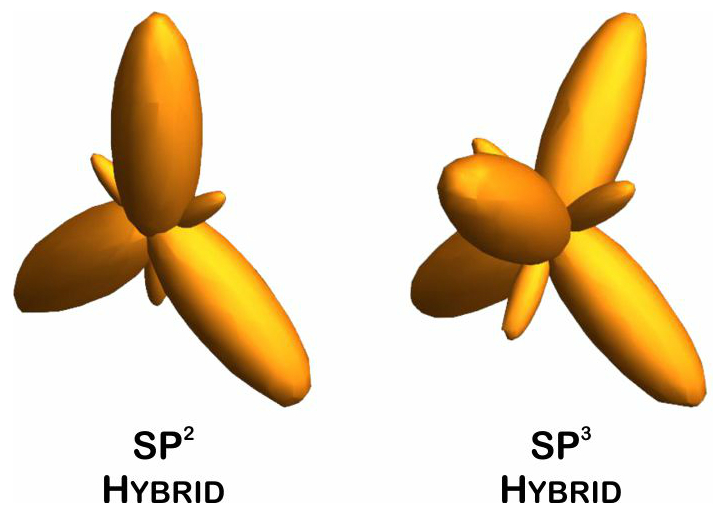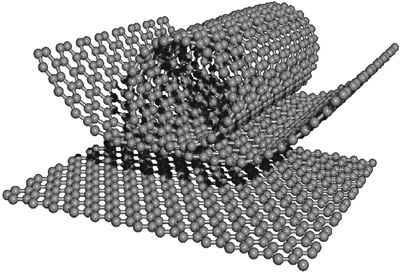Interaction of Semiconductor (Multilayer) SWCNTs Nanotubes with Amines and Surfactants (Based on Nano-Microelectronics PhD) Educational-Research Ph.D.
Researcher and author: PhD student ( Afshin Rashid)
Note: Amines and surfactants and (octadecylamines) selectively interact with semiconductor SWCNTs if SWCNTs are oxidized.
The use of propylamine and viso-propylamine in THF is selectively adsorbed on metal SWNTs . This results in the solubilization of the metal nanotubes. Different colors of the nanotube suspensions are observed indicating high purity of the specific type of SWCNTs. Amines can also bind to SWCNTs via covalent bonding , but there is no selectivity to metal or semiconductor SWCNTs . Different surfactants are used to classify SWCNTs by chirality. Selective purification of SWCNTs is performed using SDS ( salt separation solution) . Diameter and Chirality Dependence on General Sodium Surfactants for Two Reasons (Sulfate 10), (Sodium Dodecyl Benzene 11), (Sulfonate and Sodium Quaternary 12) The same applies to aqueous solution. The SDS (separation solution) has a stronger bond strength to nanotubes with nanomolecules and nanoelectrons, which has a lower density gradient of 13 diameters. Using two types of competing surfactants is suitable for the separation of metal SWCNTs from semiconductors .
Using SC and SDS surfactant dispersions, they were able to isolate selective enrichment SWCNTs with more than 85% purity. Thus, the phosphorescents are selective to the electrical structure or chirality of SWCNTs. SDS differs between nanotubes with different electronic properties. After centrifugation, the semiconductor SWCNTs are separated into small but long bands on the liquid surface, and the metal SWCNTs are suspended as short nanotubes inside the solution , whereas from SDS _ D2 (separation solution). It is used as surfactant as nano-solution for electron separation in multilayer solvent nanotubes.
Conclusion :
The interaction of semiconductor (multilayer) SWCNTs nanotubes with amines and surfactants are important for efficient efficiency for the separation of nanomolecules and a very simple scale- up method for the separation of purified metal and semiconductor nanotubes. Above. The interaction of multilayer nanotubes plays a primary role for the separation of nanomolecules because there is an attraction between semiconductor SWCNTs.
Author: Engineer Afshin Rashid
PhD student of Nano-Microelectronics at Islamic Azad University, Science and Research Branch, Tehran




